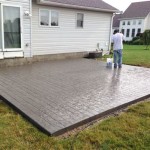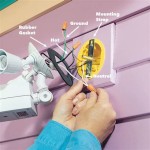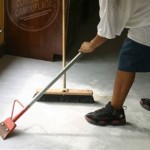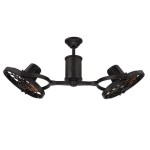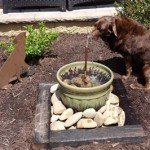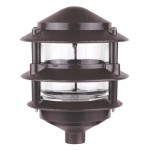Day Nursery Outdoor Play Area Ideas: Creating Spaces for Learning and Development
When designing outdoor play areas for day nurseries, it's crucial to consider the needs of young children and create spaces that foster their physical, cognitive, and social development. The following ideas provide inspiration for vibrant, engaging, and developmentally appropriate outdoor environments.
Inclusive and Accessible Design
Ensure that the play area is accessible to all children, regardless of their abilities or physical limitations. Implement ramps, wide pathways, and sensory play areas that cater to children with diverse needs. This inclusive design allows all children to fully participate in outdoor play and reap its benefits.
Natural Elements and Loose Parts
Incorporate natural elements into the play space, such as sand, water, rocks, and plants. These elements provide opportunities for exploration, discovery, and creativity. Loose parts, like blocks, sticks, and pinecones, encourage imaginative play and promote problem-solving skills.
Sensory Stimulation and Exploration
Provide various sensory experiences to stimulate children's senses. Create areas for tactile play with different textures, soundscapes to engage their auditory senses, and visual stimulation through colorful play structures or natural elements.
Physical Activity and Gross Motor Skills
Include equipment that encourages gross motor skills development, such as slides, climbing frames, and balance beams. These structures provide opportunities for children to practice coordination, balance, and flexibility, contributing to their overall physical health.
Social Interaction and Cooperative Play
Design spaces that promote cooperation and social interaction. Sandpits, splash pads, and playhouses foster imaginative, shared experiences. Group activities encourage turn-taking, communication, and collaboration, enhancing children's social skills.
Imagination and Creative Play
Create designated spaces for imaginative and creative play. Provide playhouses, dress-up areas, and natural materials that stimulate children's imaginations and storytelling abilities. These spaces encourage creativity, expression, and language development.
Safety and Supervision
Safety should be a top priority. Ensure the play area is regularly inspected and maintained to prevent hazards. Establish clear sightlines and supervision zones for staff to monitor children's activities effectively.
Sustainability and Environmental Awareness
Incorporate sustainable practices into the play area design. Use recycled materials, plant native species, and implement water conservation measures. This approach teaches children about environmental stewardship and instills a sense of responsibility for the planet.
Regular Evaluation and Updates
Monitor the play area's effectiveness and make adjustments as needed. Regularly observe children's interactions and assess the space's impact on their development. Incorporate feedback from children, staff, and parents to ensure the play area remains engaging and developmentally appropriate.

Keep Them Moving Childcare Outdoor Nursery Kids Garden Play Area

43 Beautiful Outdoor Play Kids Backyard Inspirations For Your Perfect House In Summer Freshouz Home Architecture Decor Indoor Playground Daycare

Creating Outdoor Playspaces Experiences For Home Daycare The Empowered Educator

Outdoor Spaces For Your Home Based Childcare Pre K Printable Fun

Daycare Outdoor Play Area Ideas And Activities

Outdoor Spaces For Your Home Based Childcare Pre K Printable Fun

These Are A Few Of My Favourite Found Things Outdoor Play Areas Gardening For Kids Spaces

Home Daycare Outdoor Play Spaces Yahoo Search Results Area Backyard For Kids

Outdoor Play Area For Kids Ideas The Cards We Drew

Ideas For Children S Outdoor Play Areas And Activities Kids Area Backyard

